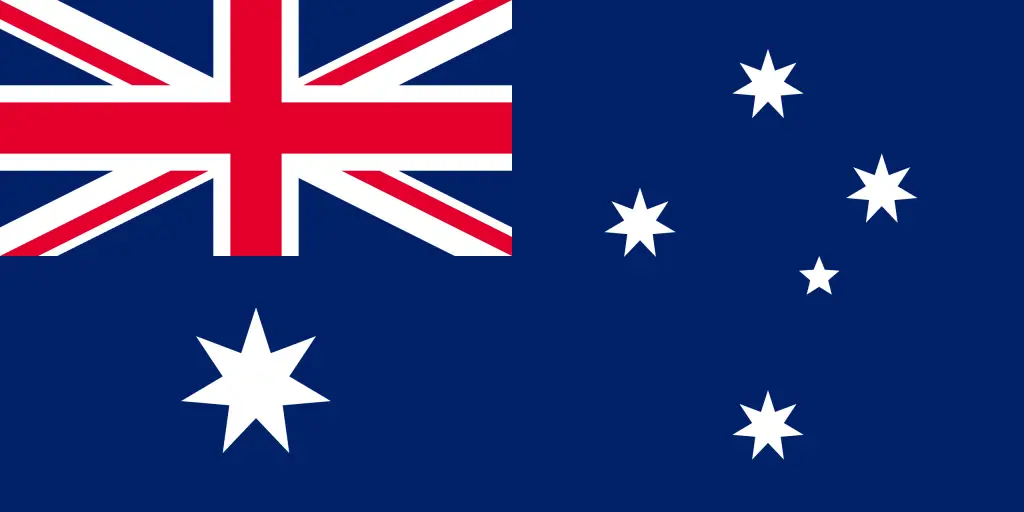Most Famous Flags in the World
Intro To Flags
Soccer, boy scouts, McDonald’s, racing, advertising, sailing, pirates, nations, football, astronauts, explorers, military forces, Greenpeace, LGBTQ+ communities, regions, climatic patterns, administrative divisions, political factions, and more—what unites these diverse elements? The answer is flags.
Flags are ubiquitous. Primarily linked with geographic territories, nations, and states, a closer look reveals their broader symbolic presence across various aspects of life.
At its core, a flag is a fabric piece hoisted on a mast or pole. However, infuse it with colors, patterns, and emblems, and it transforms into an artistic statement.
Tracing back to around 1000 BC, flags’ historical roots are deep, with early versions crafted by Egyptians from basic materials like wood or metal. Initially serving identification or signaling purposes, flags have evolved to embody a broader spectrum of meanings.
On both land and sea, flags have been pivotal. Maritime flags communicated between ships and ports, often conveying critical health alerts about crew members. Today, these flags still guide sailors about forthcoming sea conditions. In military contexts, capturing an adversary’s flag was a significant feat.
While flags today are widely recognized for denoting nations—a practice that only gained traction in the 18th century—they symbolize much more, including each nation’s unique ethos.
Flags have marked human triumphs, from scaling Mount Everest to lunar landings, symbolizing the initial footprints on unexplored terrains. Their historical use is varied, sometimes serving as a rallying symbol for movements or ideologies, like during the French Revolution when the tricolor flag became a symbol of liberty, equality, and fraternity.
In contemporary settings, flags continue to signal pivotal moments, whether in sports, as seen with a linesman’s flag during an offside in soccer, or in racing, where flags initiate the competition.
Such diverse applications and interpretations have led to ‘vexillology’, the formal study of flags, gaining popularity as a field of academic interest.
For those intrigued by flags, a treasure trove of information awaits, accessible through the internet, local libraries, or bookstores.
















